The northern lights are one of the most magnificent spectacles of the world. People travel far and wide and anticipate the hour they can catch a glimpse of the heavenly hues that adorn the sky. However, the aurora borealis, as majestic as it looks, reportedly has an eerie characteristic too. u/Myriagaon10000 asked sailors or those at sea what was the most amazing/creepy sight they had ever witnessed, and many people mentioned the northern lights. u/CurbsideHero wrote, “The northern lights in the middle of nowhere Alaska. We were anchored in a remote cove, so the CO (Commanding Officer) agreed to turn off all the exterior lights. Just a crazy, crazy thing to see.”
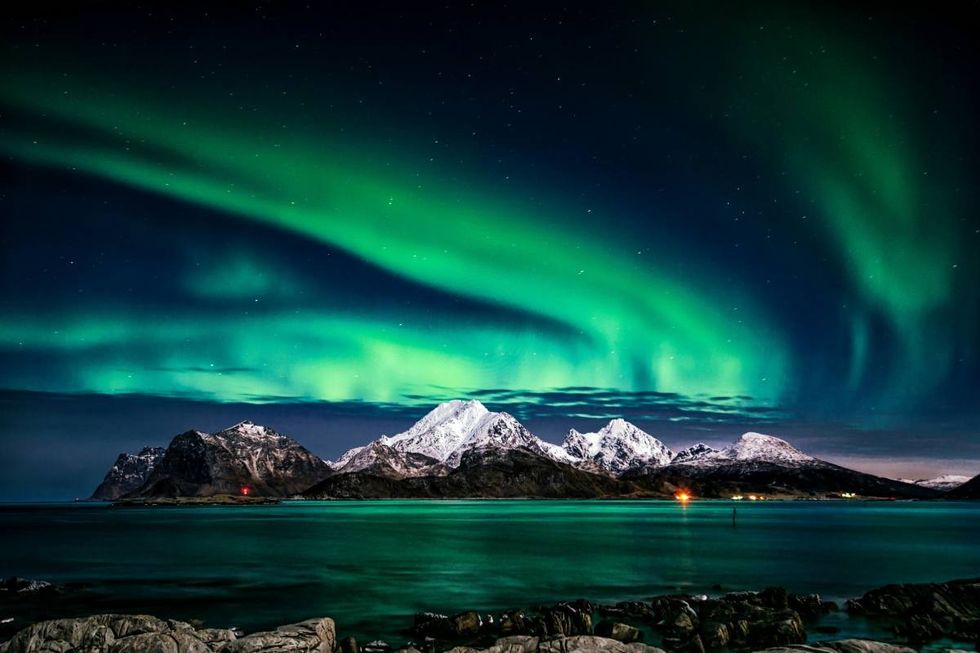
However, u/MostSeaworthiness added, “Seeing them is spectacular. Hearing them though, was unsettling for me.” Several others commented on the sound that comes from the northern lights. "They absolutely do (make a noise), like very loud cracking cellophane and when they are at their best, it’s loud like thunder and the whole ground shakes and the colors can get very close to the ground. I must say when you are surrounded (by the lights), it’s like being in a lightning storm...terrifying and awe-inspiring at the same time," commented u/cookinthescuppers.
A page on YouTube, Ideas Studio, shared a glimpse of what the northern lights sound like and it was eerie. It sounded a lot like a cackling but with a strange frequency. Ryan Dickie, who attempted photographing the auroras, was baffled after hearing the sound, per CNN. He mentioned, “It was kind of faint at first, but almost sounded like a piece of meat hitting a frying pan.” There are quite a few theories as to why they make such odd sounds.
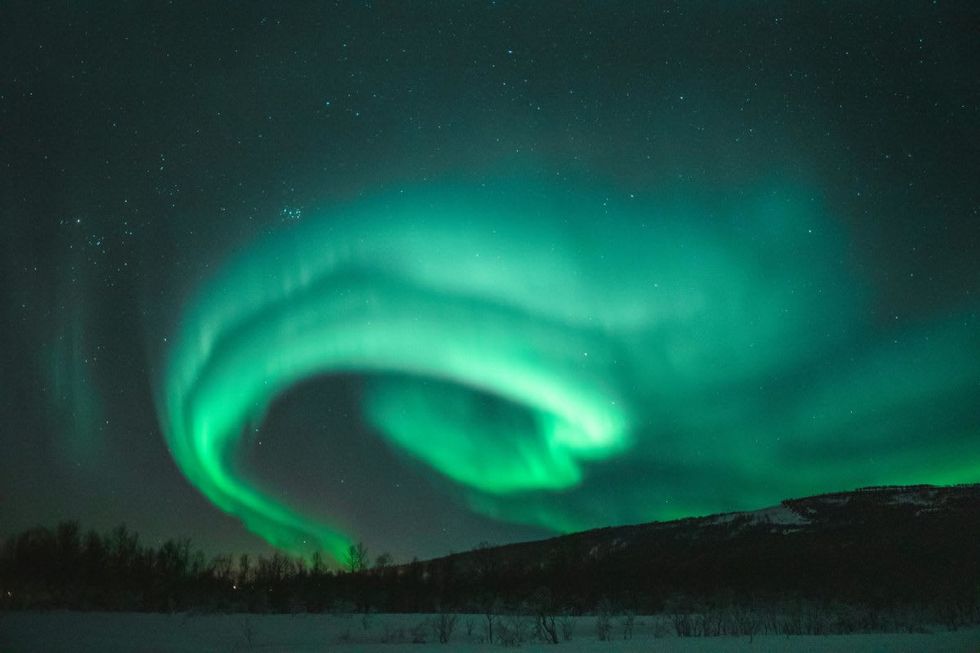
One of the major reasons is the natural way that the northern lights are formed in the sky. The spectacle is a form of eruption that is caused when solar flares come in contact with Earth’s magnetic field. They leave a whitish, purple, or greenish swirl in the sky, accompanied by a bizarre sound. Astrophysicist Carolin Crawford said, “The lights occur during times of intense magnetic activity and moving magnetic fields can generate electric currents. One speculative possibility is that these sounds could be picked up locally to the observer through nearby metal (through a barbed wire fence or such) and broadcast like a radio signal,” per Astronomy.

Mamie Williams, a member of the Tlingit tribe in Hoonah Alaska, suggested a more abstract reason for the sound. “It’s our ancestors letting us know, ‘We crossed over but we’re still here with you,” she said. She added that the brighter the event is, the louder the sounds are. She even recalled hearing a sound equivalent to drumming. However, Professor Donald Hampton from the Geophysical Institute at the University of Alaska Fairbanks, argues that the sound couldn’t physically be from the aurora borealis.
While he acknowledges that the latter may have something to do with the sound, he has a defensive statement too. “If you’ve ever counted after a lightning strike, it takes five seconds for sound to go a mile,” he said. That would mean the lights would need 10 minutes or so before they can reach the ground and be audible. All in all, the sounds aren’t something to be worried about and there is no clear evidence that they come from the northern lights. Noora Partamies, a middle-atmosphere physicist at the University Centre in Svalbard, pointed out, “Most geophysicists say the sounds are an illusion. There are not many people looking into the sounds related to the aurora. So this is not a mainstream thing.”





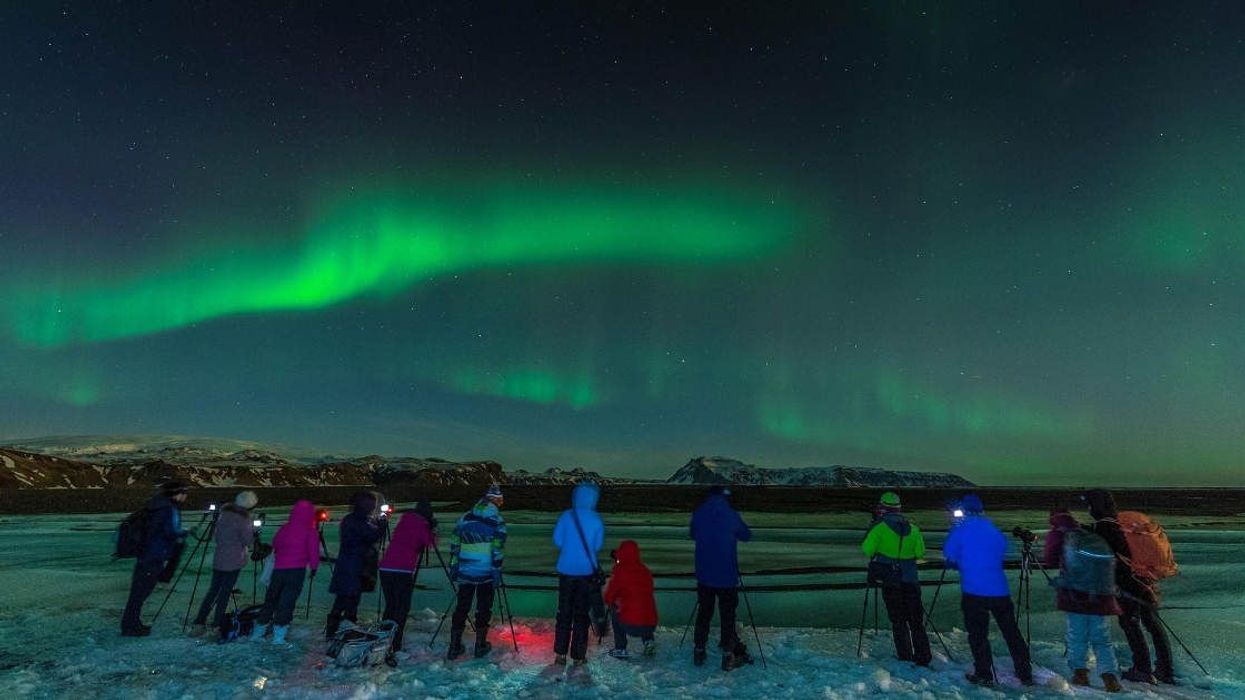








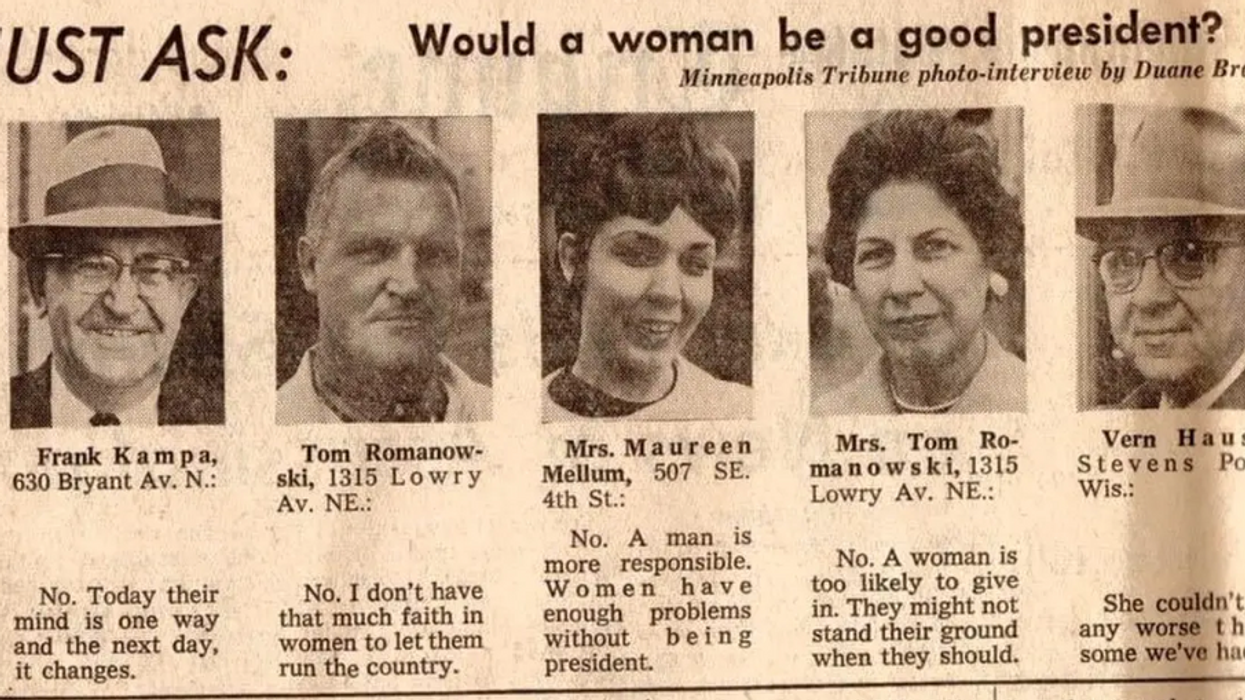


 Representative Image: Accents reveal heritage and history.
Representative Image: Accents reveal heritage and history.  Representative Image: Even unseen you can learn a lot from an accent.
Representative Image: Even unseen you can learn a lot from an accent. 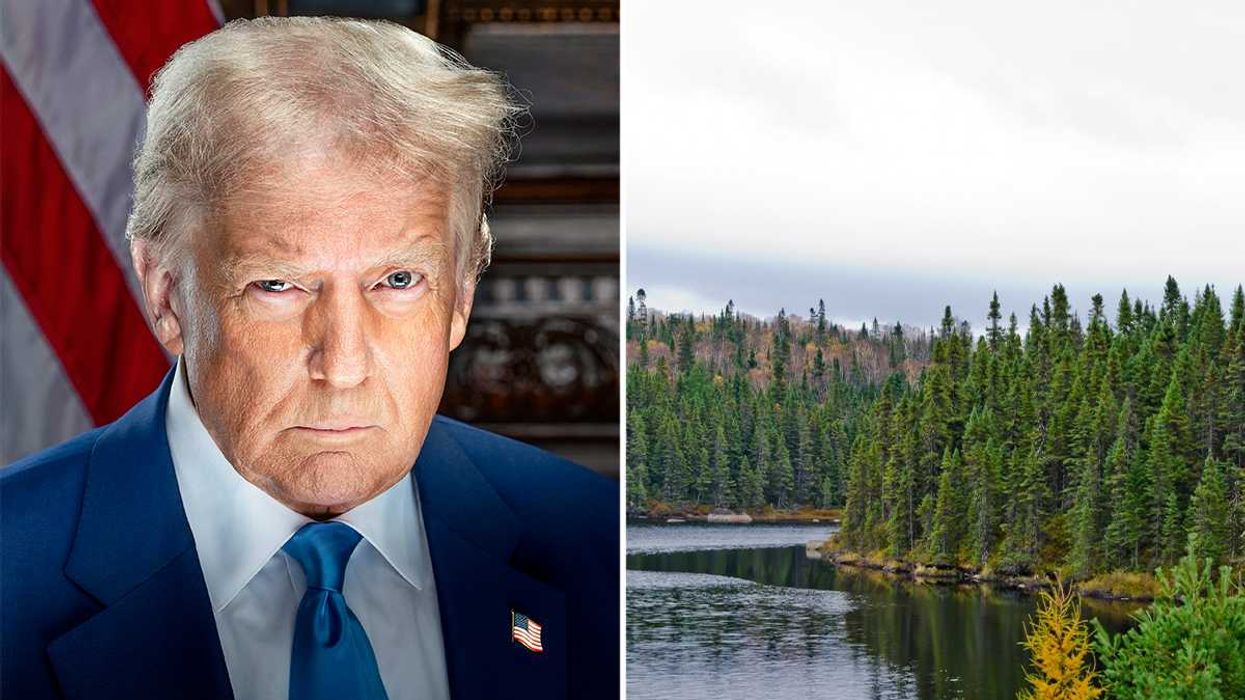
 People holding hands in unity.Image via
People holding hands in unity.Image via  White House with money image overlay.Image via
White House with money image overlay.Image via 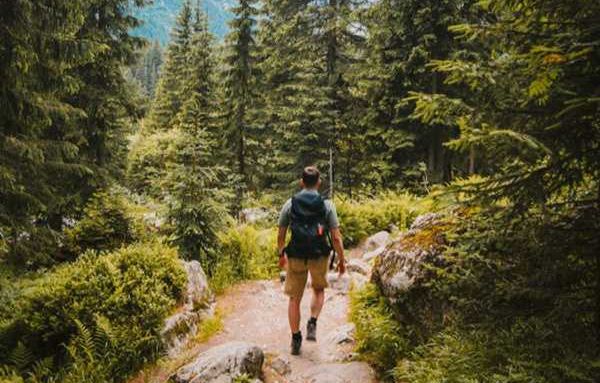 Man walks forest trail.Image via
Man walks forest trail.Image via 

 Rice grain and white rice.Image via
Rice grain and white rice.Image via  Person eats rice.Image via
Person eats rice.Image via  Washing and rinsing rice.
Washing and rinsing rice.  Mother and daughter eating rice meal.Image via
Mother and daughter eating rice meal.Image via 

 Bees feeding on food source.Image via
Bees feeding on food source.Image via 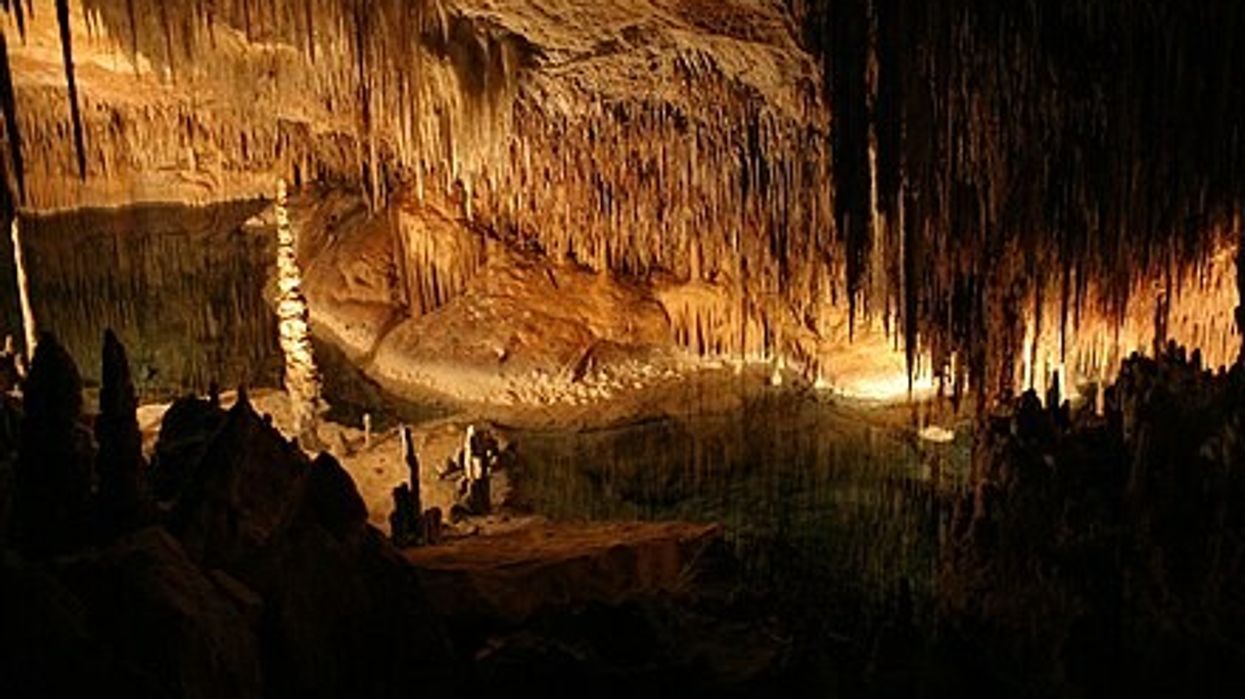
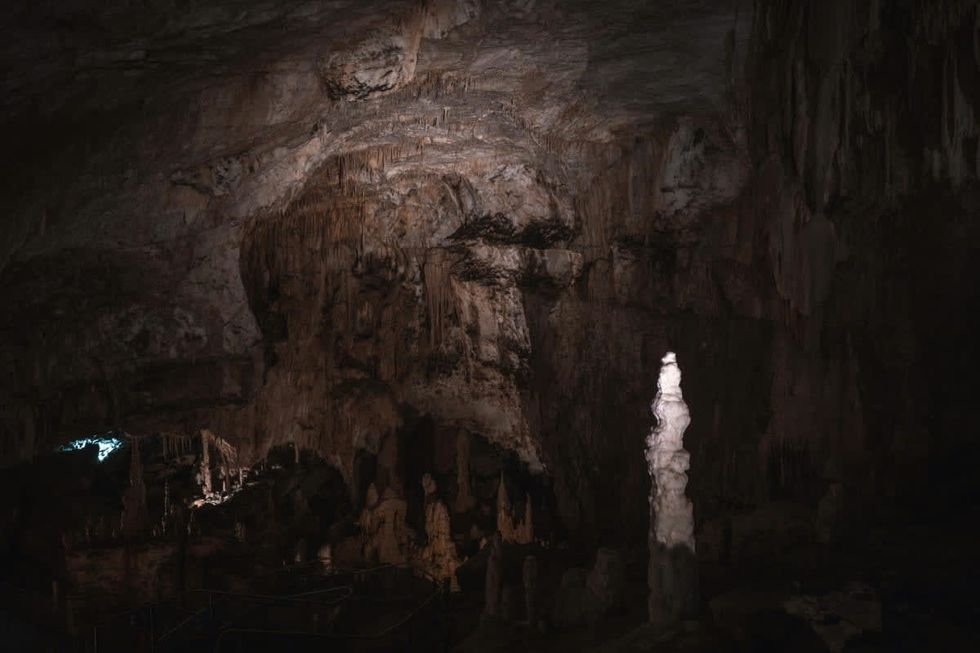 In the depths...Pexels | francesco ungaro
In the depths...Pexels | francesco ungaro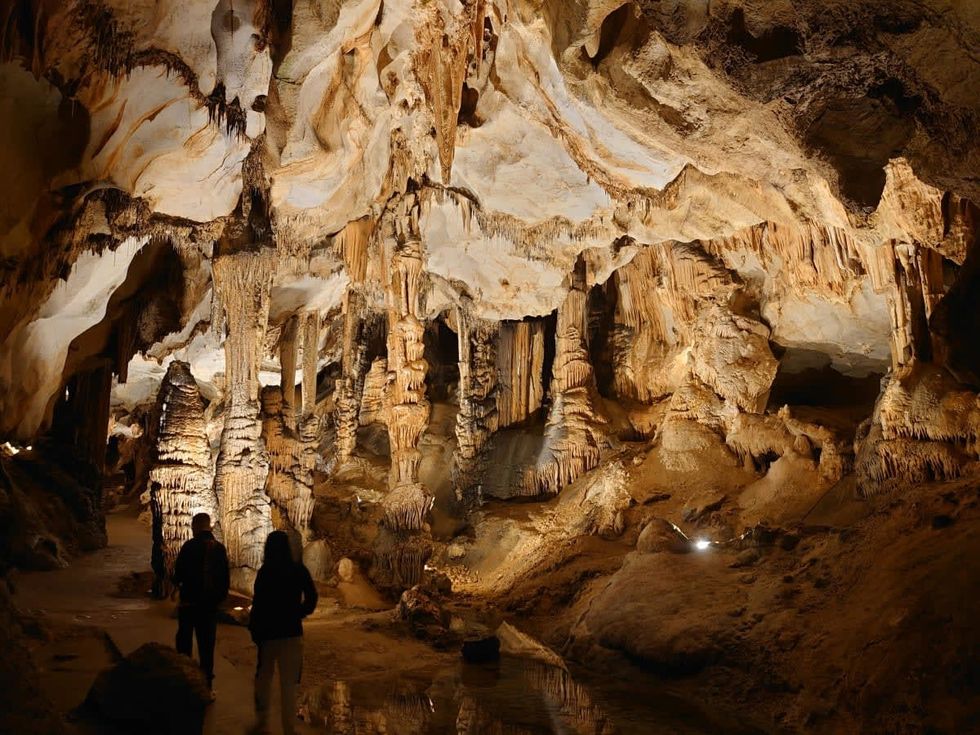 Hope the lights stay on. Pexels | parfait fongang
Hope the lights stay on. Pexels | parfait fongang "That was beyond crazy..." YouTube |
"That was beyond crazy..." YouTube |  "This is the stuff of my nightmares..."YouTube |
"This is the stuff of my nightmares..."YouTube |  "Totally blown away..." YouTube |
"Totally blown away..." YouTube | 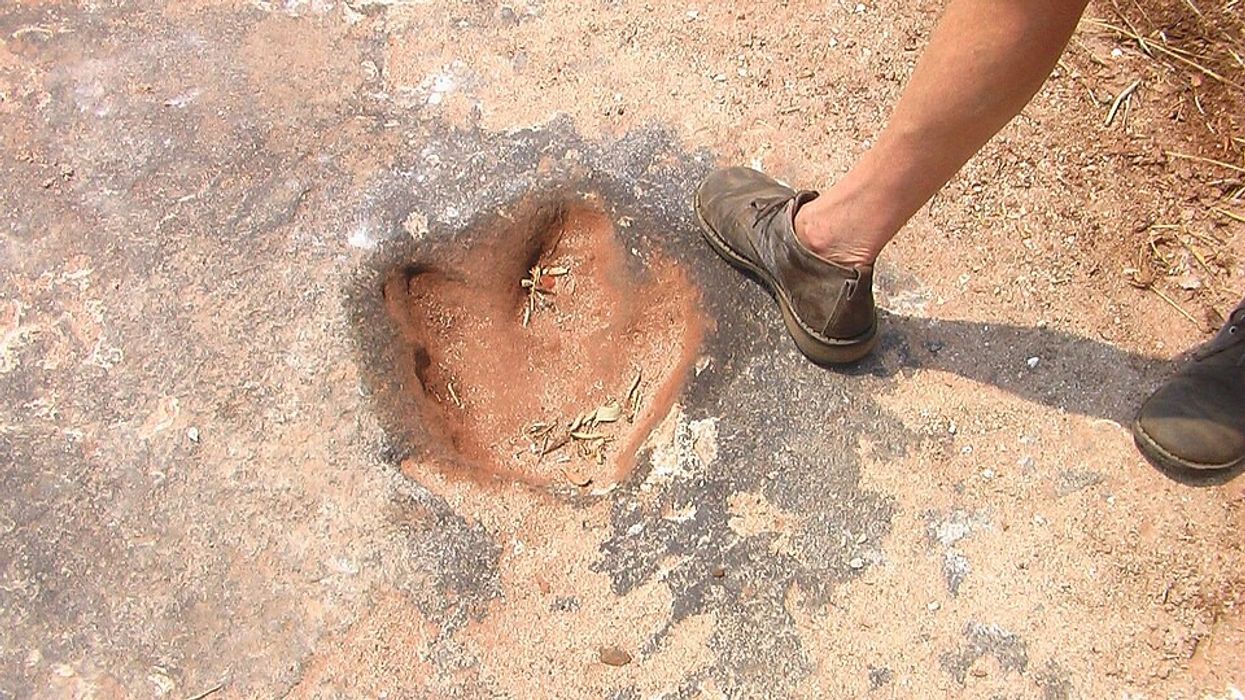
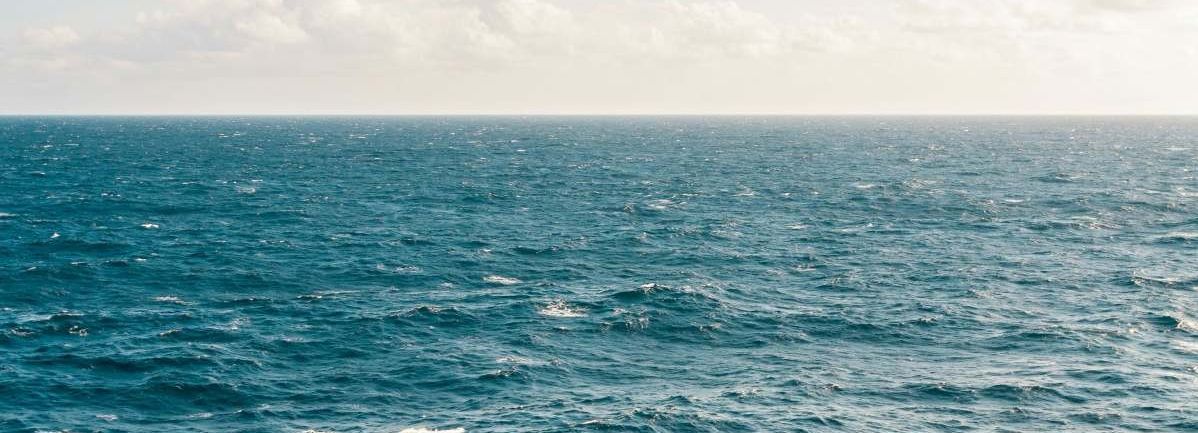 A representative Image of The Atlantic Ocean. Source: Pexels | Kellie Churchman
A representative Image of The Atlantic Ocean. Source: Pexels | Kellie Churchman Representative Image Source: Painting from a series by Ernest Untermann in the museum at Dinosaur National Monument, Utah.
Representative Image Source: Painting from a series by Ernest Untermann in the museum at Dinosaur National Monument, Utah.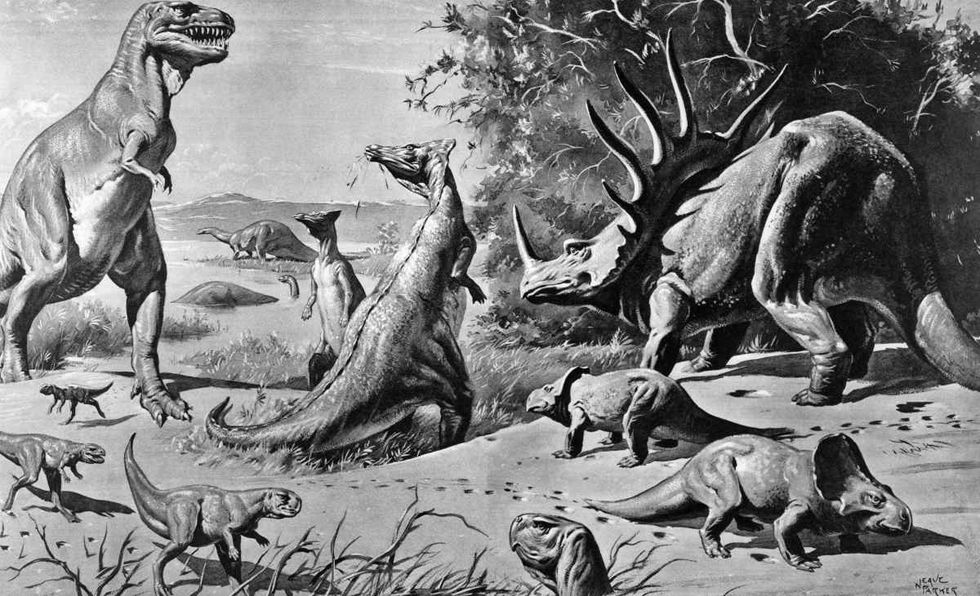 Representative Image Source: VARIOUS DINOSAURS IN GOBI DESERT. Photo by H. Armstrong Roberts/ClassicStock/Getty Images
Representative Image Source: VARIOUS DINOSAURS IN GOBI DESERT. Photo by H. Armstrong Roberts/ClassicStock/Getty Images
Professor shares how many years a friendship must last before it'll become lifelong